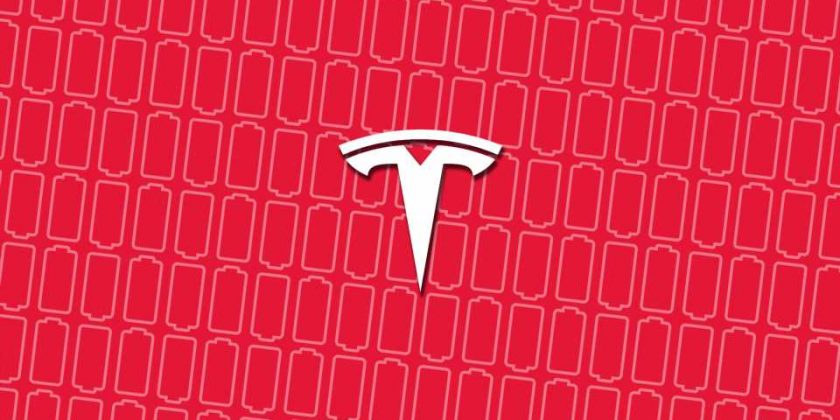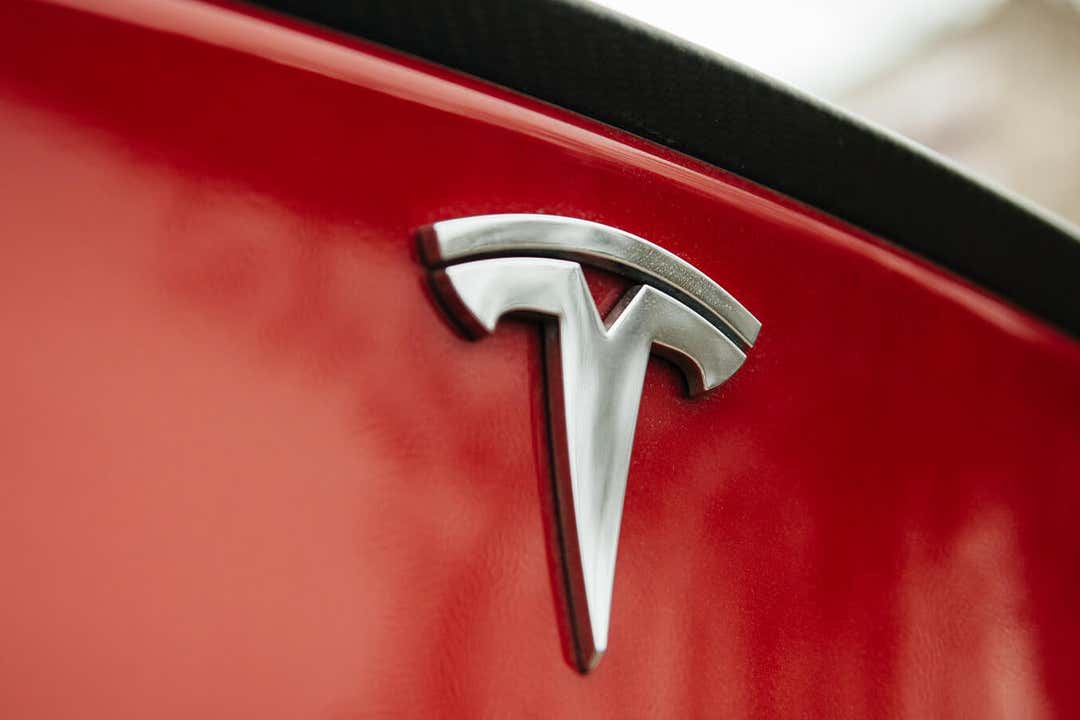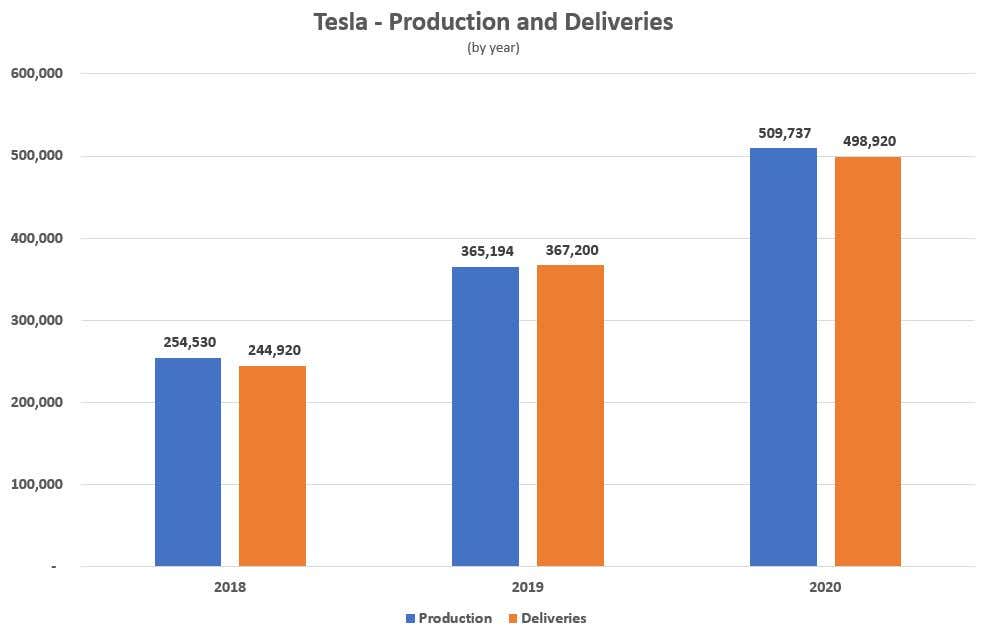Tesla has pulled off yet another profitable quarter. The electric automaker announced its quarterly and year-end earnings on Wednesday after the bell, revealing it had achieved record revenue, thanks in part to increased production volume and regulatory credit sales.
Tesla’s year-end earnings stand at a net profit of $721 million, padded by its sixth consecutively profitable quarter. In total, the last three months of 2020 added $270 million of pure profit to Tesla’s portfolio; however, it’s worth noting that comes with an asterisk—the sale of those aforementioned credits.
Dollars and Deliveries
On paper, Tesla’s numbers to close out the year look great. It posted a profit each quarter this year, ranging from $16 million in Q1 to a record $331 million in Q3. Despite having the highest-ever revenue of $9.3 billion (nearly 23 percent higher than its previous quarter), Q4 closes out the year with a modest $270 million in profits.
The Q4 financials also include the sale of $401 million in regulatory credits. These are “points” assigned by governmental entities for helping to reduce automotive pollution using low-emissions—or in Tesla’s case, zero road emissions—vehicles. These points can be banked or sold to other automakers to offset the failure to meet mandated emissions standards. In Tesla’s case, the regulatory credits were sold to ensure the automaker’s profitability.
Tesla’s $721 million profit for 2020 was cushioned by the sale of $1.58 billion in regulatory credits. This isn’t to downplay the legitimacy of recognizing regulatory credits as income for the all-electric automaker, though it does spark questions about Tesla’s future profitability as more automakers shift toward electrification and no longer need to purchase these credits to avoid costly government-issued fines.
Previously, Tesla announced that it had delivered a record breaking 499,550 deliveries in 2020, narrowly missing its target of a half-million, though it did achieve 509,737 units produced.
Tesla’s Grasp on the Crown
Tesla’s future is anything but cemented. While its lead in the EV game remains worthy of the crown, legacy automakers are beginning to show their teeth.
Volkswagen, Ford, General Motors, and virtually every other commonly-placed automaker is beginning their own respective dives into electrification, building momentum while excitement over Tesla’s key product line is losing steam. With its future products already announced and its crown jewel luxury offerings feeling rather dated, Tesla will soon face immense pressure from automakers around the globe.
Jessica Caldwell, Edmunds’ executive director of insights, said the following in a statement on Tesla’s earnings:
“2021 is looking to be a pivotal year for EV entrants: the number of models available in the market is expected to jump from 17 to 29 vehicles from 20 different brands before the year closes. Although there has yet to be a true “Tesla killer” in the EV arena, a bigger pool of contenders eligible for federal tax credits could have the power to sway some Tesla shoppers.”
“And since Musk has already launched the Roadster (literally) and Cybertruck to much fanfare, it does seem like the rest of the market is coming in hot right when the Tesla product pipeline is running a bit dry and is at its most vulnerable,” she continued. “The pressure is on for the company to keep innovating if it wants to keep its EV crown.”
Despite the good news of a profitable quarter, Tesla stock still fell nearly eight percent in after-hours trading, likely due to the automaker missing its Earnings Per Share target which analysts estimated would reach between $0.90 and $1.01. Instead, Tesla’s official EPS was posted at just $0.80. Still, Tesla’s stock is what propelled CEO Elon Musk to becoming the richest person on earth in 2020.
Source: Read Full Article


